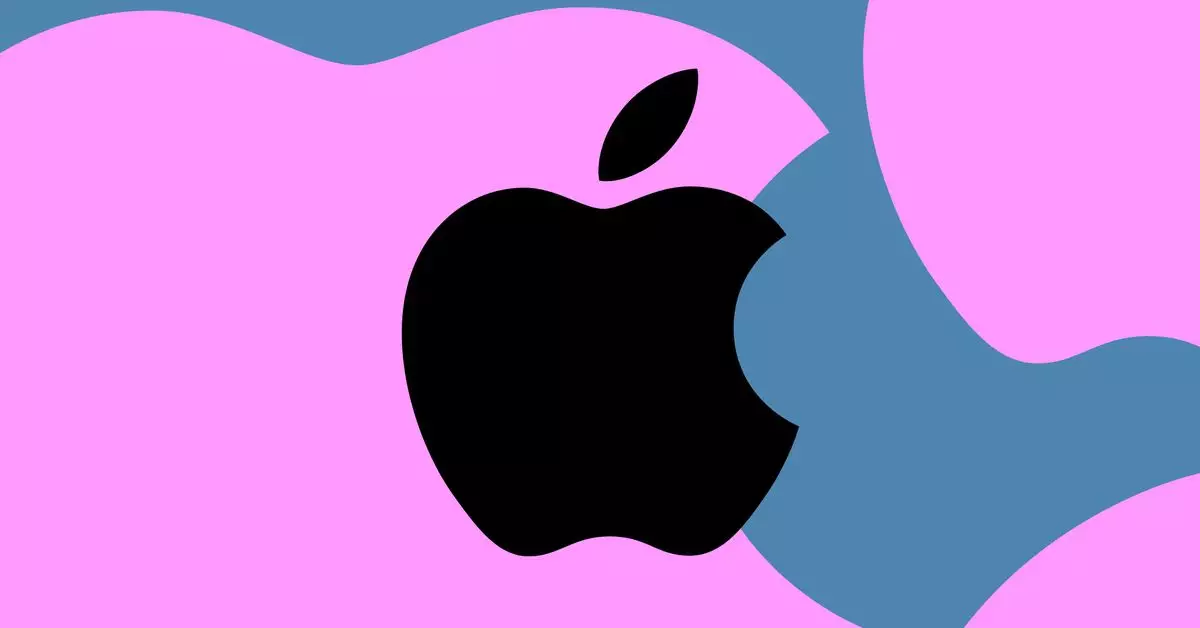Apple Inc. has long been known for its innovations; however, the tech giant is on the verge of a significant transformation in its wireless technologies as it prepares to manufacture its own Wi-Fi and Bluetooth chips. According to renowned analyst Ming-Chi Kuo, this pivotal shift is expected to commence with the upcoming iPhone 17, set to launch in the latter half of next year. This strategic move aligns with Apple’s historical practice of vertical integration—developing in-house technology to reduce reliance on third-party suppliers.
The transition to proprietary chips not only exemplifies Apple’s desire for control but also reflects a broader industry trend where companies seek to minimize dependencies that could expose them to supply chain vulnerabilities. The first device to utilize Apple’s homegrown wireless technology will be the iPhone 17, which promises both a new modem and a custom Wi-Fi chip. Apple’s intent is clear; by taking greater ownership of its hardware, the company aims to enhance performance, compatibility, and overall user experience.
Furthermore, the speculation surrounding the next iteration of the iPhone SE reveals that it may incorporate Apple’s custom 5G modem, even though it will still rely on a third-party Wi-Fi solution from Broadcom for the time being. This hybrid approach indicates that while Apple is making commendable strides toward technological independence, it is not rushing the transition, acknowledging that modems pose intricate engineering challenges.
The delays surrounding the introduction of Apple’s new modem illustrate the complexities involved in developing such technology. Initially, many believed that the iPhone 15 would debut with the new Apple modem, but this target proved overly ambitious as the company faced unforeseen hurdles. Apple’s acquisition of Intel’s modem division in 2019 was ostensibly a step in the right direction, yet it has taken time for the company to align the necessary resources and expertise to achieve its goals.
More than just a new chip, the future iPhone SE is anticipated to evolve significantly. With leaks indicating enhancements such as an OLED screen, Face ID, and expanded features tied to Apple’s intelligent processing, all hints point toward a compelling upgrade for consumers. However, the introduction of these desirable features may be aligned with a higher price tag, reflecting a strategic positioning within the smartphone market.
As Apple embarks on this journey to harness greater control over its components, the implications for both the brand and its customers could be monumental. The move towards custom wireless technology not only marks a departure from reliance on Qualcomm and other suppliers but could also lead to a leap forward in device performance and user satisfaction. While there are challenges ahead, Apple’s ventures into manufacturing its own chips promise to set a new standard in the tech landscape, ushering in an era of unparalleled integration and innovation. Now, all eyes will be on the release of the iPhone 17 and the anticipated SE 4 to see how these predictions materialize and whether Apple can realize its ambitious goals.

